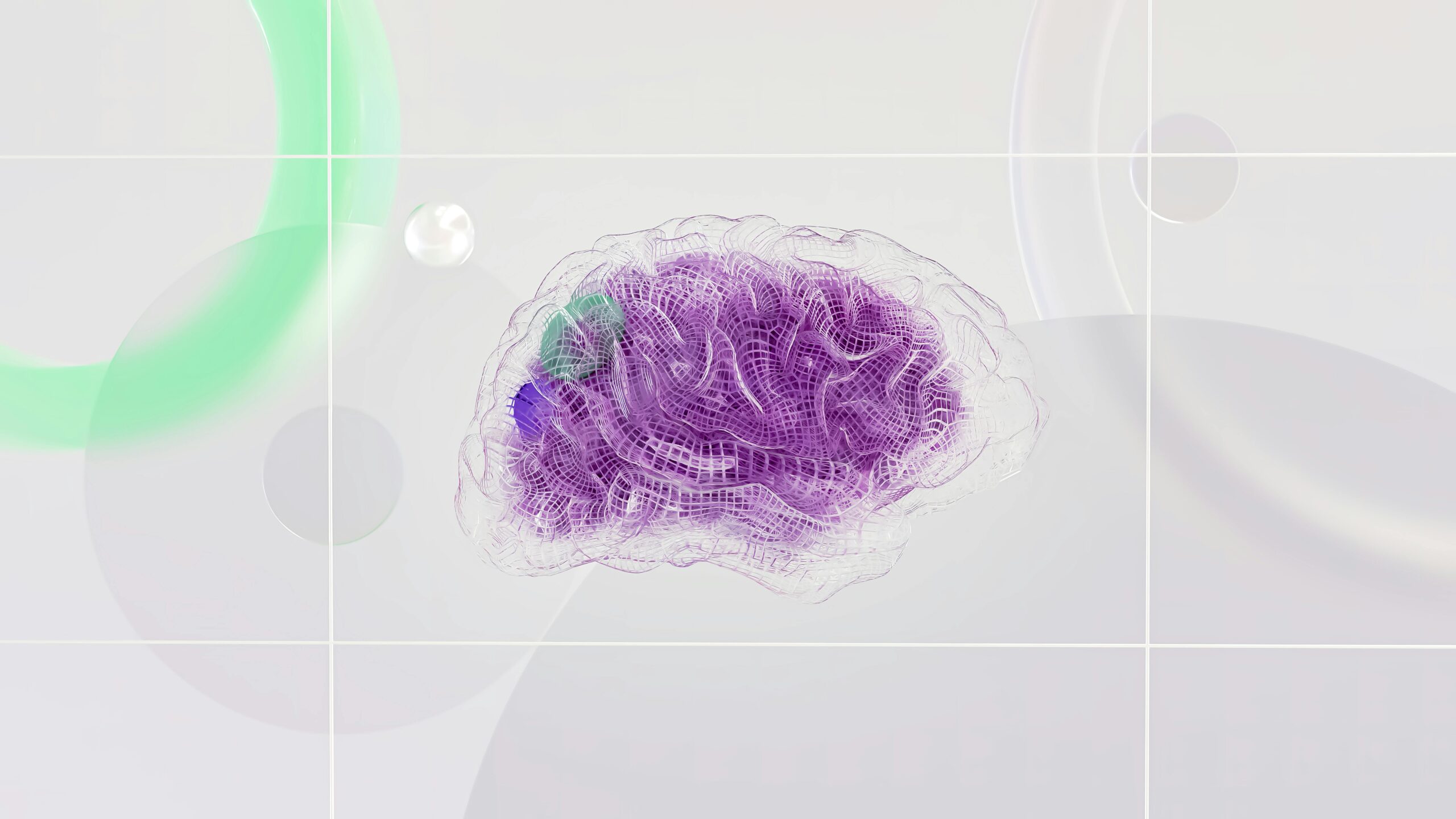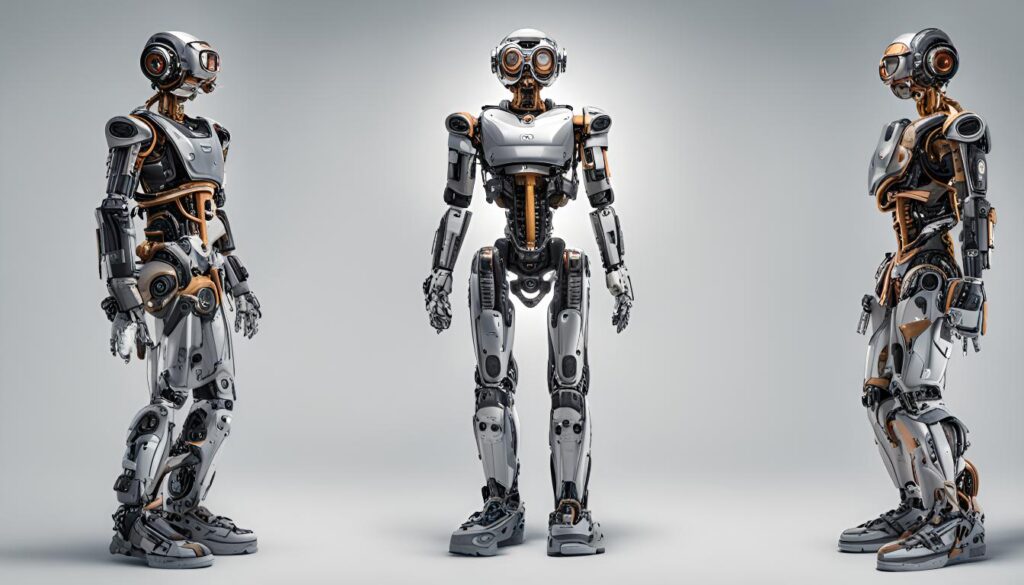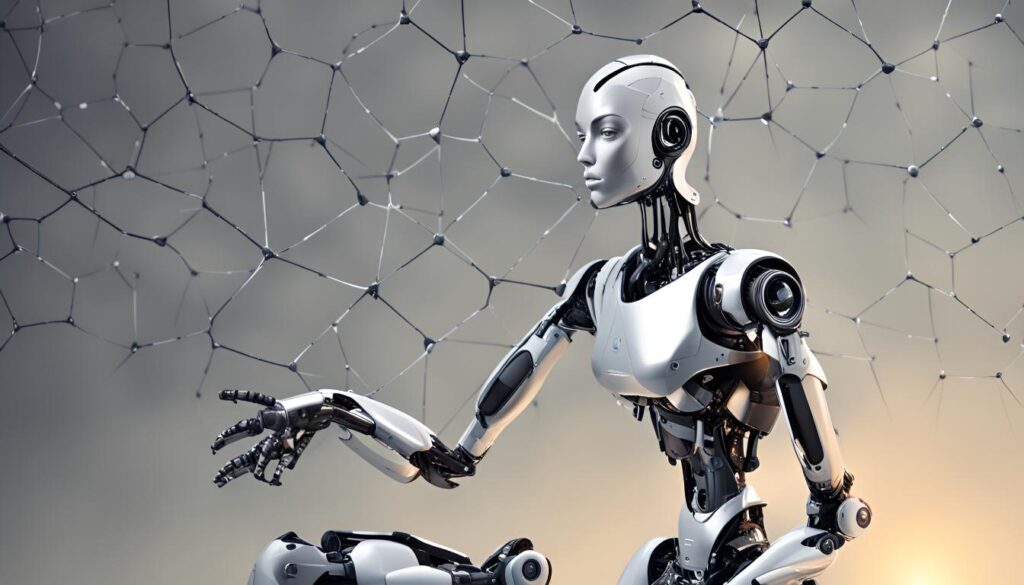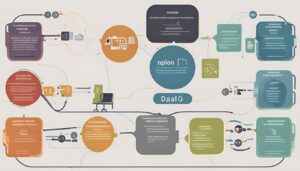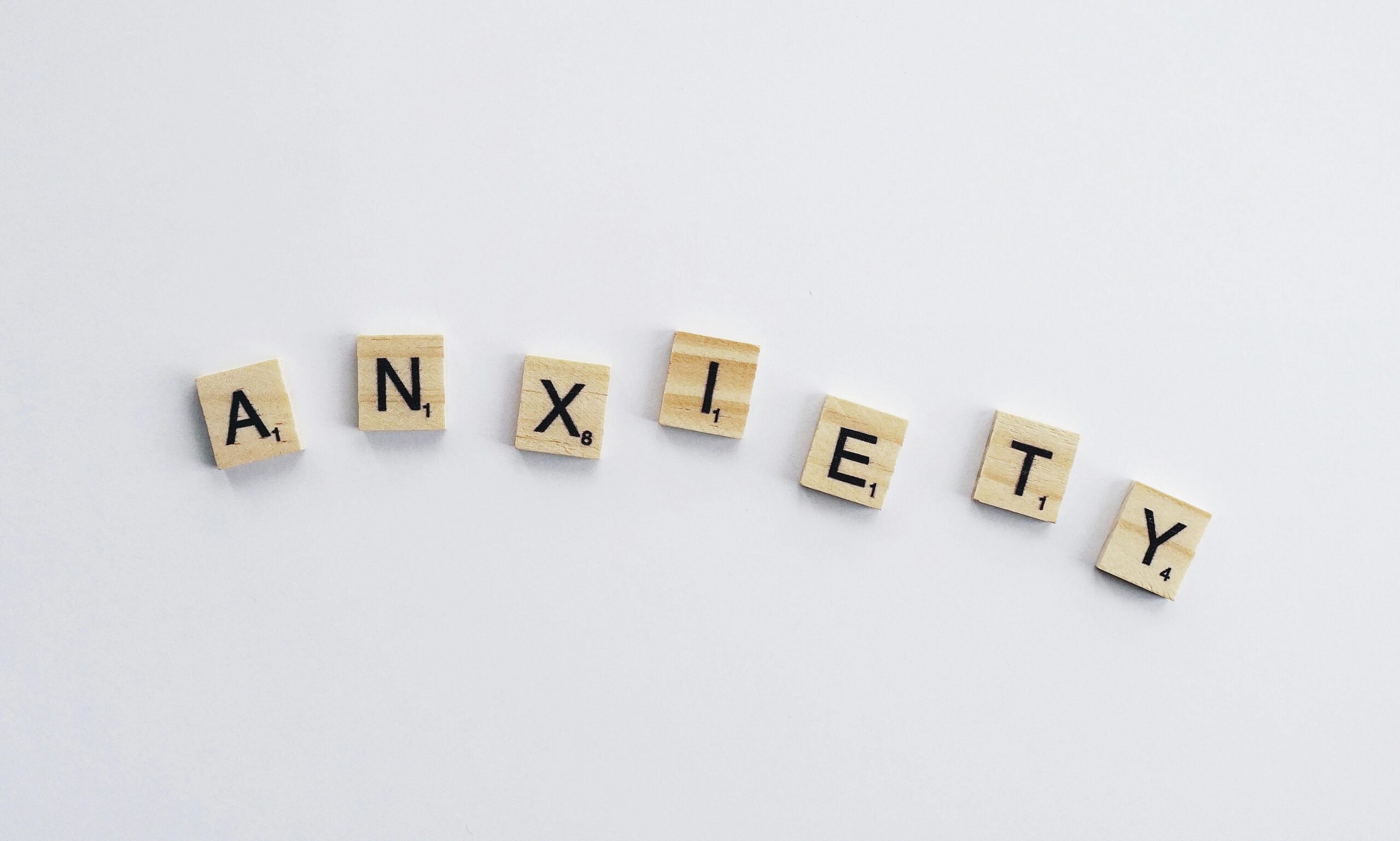The Dreamer Within
Have you ever felt that thrilling, almost unbelievable moment in a dream when you realize, “Hey, this isn’t real! I’m dreaming!”? That, my friends, is the gateway to the captivating realm of lucid dreaming. It’s not just about having a fun, fantastical adventure while you sleep; it’s about tapping into a powerful tool for self-discovery, creativity, and personal growth.
Lucid dreaming, in its simplest form, is the awareness that you are dreaming while the dream is happening. It’s like waking up within your own mind’s movie, suddenly becoming the director, writer, and star of your nightly show. This awareness empowers you to explore your subconscious, interact with dream characters, and shape the dream world around you.

What Exactly Is Lucid Dreaming?
The term itself was coined by Frederik van Eeden, a Dutch psychiatrist, in the early 20th century. He described lucid dreams as those in which “the subject is aware that he is dreaming and can more or less direct the action.” It’s a simple definition, but the implications are vast.
Imagine being in a dream where you’re flying over a cityscape, but instead of simply experiencing the sensation, you understand you are in a dream. You can then choose to change direction, create a different landscape, or even conjure up a conversation with a figure who appears. It’s not just passive viewing; it’s active participation in your dreamscape.
Why is Lucid Dreaming So Appealing?
The appeal of lucid dreaming is multilayered, tapping into our deepest desires for exploration, control, and understanding. Here are just a few of the reasons why people are drawn to it:
- Pure Fun and Adventure: Let’s face it, who wouldn’t want to fly, explore alien worlds, or meet their favorite characters? Lucid dreams offer the ultimate playground for imagination without the constraints of the physical world. It’s a limitless virtual reality, all contained within your own mind.
- Self-Exploration and Introspection: The dream world is often considered a reflection of our subconscious. Lucid dreaming allows you to consciously explore this inner landscape, confront your fears, and uncover hidden aspects of yourself. It’s a unique form of therapy where you’re both the therapist and the patient.
- Creativity and Problem-Solving: Many artists, writers, and scientists have used lucid dreams to spark creativity and solve complex problems. By actively engaging with the dream, you can unlock new perspectives and solutions that may be hidden in your waking life.
- Overcoming Fears and Nightmares: In a lucid dream, you can face your fears head-on and reframe them, gaining a sense of empowerment. This can even translate to a reduction of anxiety and fear in waking life. You’re in control; you dictate the outcome.
- Spiritual and Personal Growth: Lucid dreaming can be a gateway to altered states of consciousness, offering a sense of connection to something larger than yourself. Some people use it for meditation, spiritual exploration, and personal development.

Tips for Staying Lucid Once You Achieve Lucidity
Becoming lucid is just the first step; staying lucid is another challenge entirely. Here are a few tips to help you maintain your lucidity:
- Spinning Around: Spinning in a dream can help stabilize the environment and reinforce your awareness.
- Rubbing Your Hands Together: This can bring your focus to your physical sensations within the dream, helping you stay grounded.
- Engage with the Dream: Actively participate in the dream rather than passively observing. Interact with the environment, characters, and objects in your dream to keep your awareness strong.
- Don’t Get Too Excited: Intense emotions can sometimes cause you to wake up. Try to maintain a sense of calm and curiosity.
- State Your Intentions: Verbally declare your intentions within the dream. For example, you could say out loud, “I am going to fly now!” This helps solidify your role as the dreamer and director.
The Challenges and Potential Pitfalls
Lucid dreaming isn’t always smooth sailing. Some people experience:
- False Awakenings: Waking up from a dream, only to realize you’re still dreaming. This can be frustrating, but it’s also an opportunity to practice lucidity techniques.
- Difficulty in Maintaining Lucidity: You might briefly become lucid, only to slip back into an unconscious dream state. This is normal, and with practice, your lucidity will become more stable.
- Sleep Paralysis: Although not common for everyone, sleep paralysis can occur when you wake up but are temporarily unable to move. This can be frightening but is generally harmless.
- Nightmares: Although lucid dreaming can help in overcoming nightmares, it can also be that you might be lucid when experiencing nightmare. This is an opportunity to be in control and to change the situation.
Conclusion: The Limitless Potential of Your Mind
Lucid dreaming is more than just a novelty; it’s a powerful tool for self-discovery, creativity, and personal growth. By practicing these techniques and cultivating awareness, you can unlock the limitless potential of your mind. Imagine the possibilities: exploring hidden desires, facing fears, and creating entire worlds within the comfort of your own sleep.
The journey into the world of lucid dreams is a unique and exciting one. With patience, persistence, and a touch of curiosity, you can begin to explore the amazing possibilities that lie within. So, are you ready to take the leap and become the master of your dreams?

